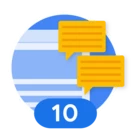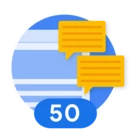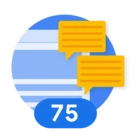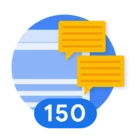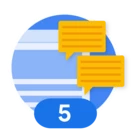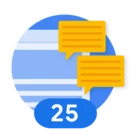Hi Team,
I am looking to get an alert if I miss a log from an endpoint from a server. Since the ingestion API monitoring is not granular enough to get this info, I planned to create a dedicated Yara-L rule for the said server. The rule I had planned for looked something like this:
rule silentLogFromCriticalEndpoint {
meta:
author = "Srijan Kafle"
description = "Detects missing logs from server"
severity = "MEDIUM"
created = "2024-06-03"
events:
$session.principal.namespace = "prodSydney" and $session.principal.hostname = "redacted"
$source = $session.principal.hostname
$tenant = $session.principal.namespace
match:
$source,$tenant over 12h
outcome:
$risk_score = 3
// logic to check delay here which is not working
$delay = $session.metadata.event_timestamp - timestamp.current_seconds()
condition:
$session and $delay >= xyz
}
line 23 and 26 not a working line currently but wanted to include for sharing logic. Is there any way I can calculated the delay? Another alternative was to search in shorter duration (e.g 1 hour) and if there are none trigger and alert. Since the query does not return any fields during search - this also doesn't trigger.
Any alternative that helps detects similar granularity would help.

